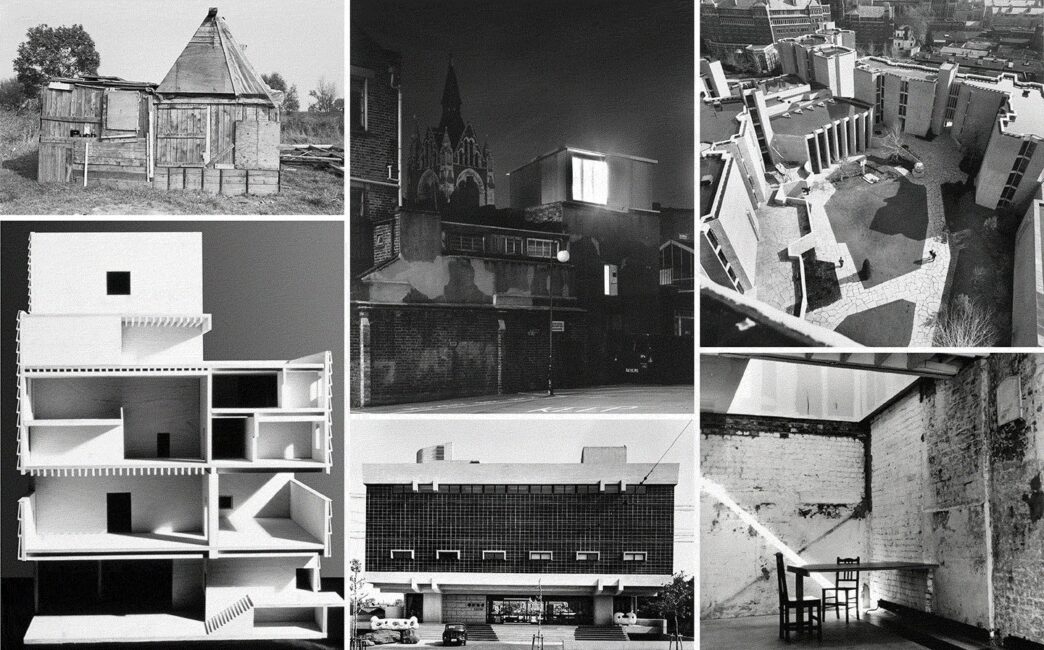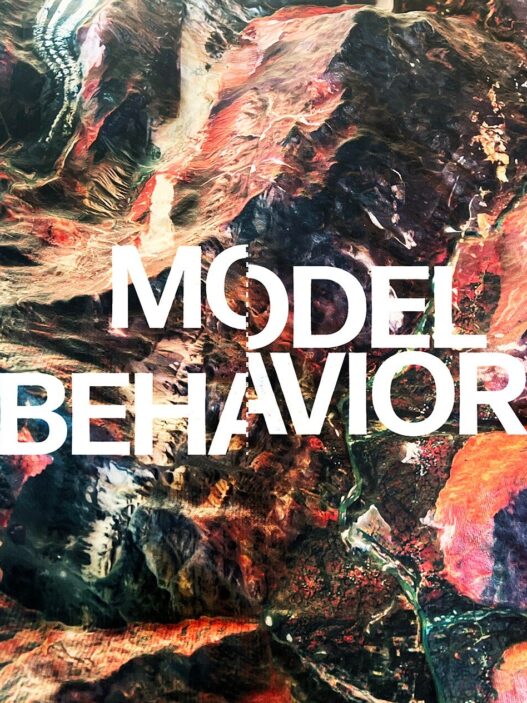MACK, a publisher with a stellar reputation, has announced the introduction of a new architectural list this fall. This first season of books spans a sourcebook for sustainable design practices by research and design group Material Cultures; a survey of the relationship between post-war architecture and sculpture by Penelope Curtis; a newly translated essay on Japanese architecture by Manfredo Tafuri, edited and introduced by Mohsen Mostafavi; an investigation of a radical playground in 1960s Amsterdam by Ursula Schulz-Dornburg; and the first volume of the Collected Works of influential architectural practice Caruso St John.
Among the books forthcoming in 2023 are an intimate diary of the construction and inhabitation of Alison and Peter Smithson’s Upper Lawn; a disruptive graphic introduction to architecture from Pier Paolo Tamburelli; a study of the London mansion house by Karin Templin, the first in a series of books on London building types in collaboration with the Architecture Foundation; a meditation on the life of Koechlin House, a home designed “inside out” by Herzog & De Meuron; an investigation of the “border ecologies” of the built environment of the Gaza Strip; a book on tarpaulin as a multivalent material in provisional, preservative, and hyper-ambitious forms of architecture; and an examination of the effects of disease and health on urban planning.
In order to tackle topics in urbanization, housing, infrastructure, history, and theory, MACK architectural publications will assemble perspectives from several fields of practice and expertise. Alongside examinations of understudied vernacular forms and thought-provoking new approaches to the infrastructures of health, capital, and nationhood, books on established and developing practices will be available.
For more information on new architecture books and events, subscribe to the MACK fortnightly architecture bulletin here.
MACK fall 2022 architecture books
Caruso St John, Collected Works: Volume 1 1990–2005
The first volume of this comprehensive and experimental career retrospective by famous worldwide practice Caruso St John puts out a theory that the built environment is made up of a network of culture, memory, and emotion rather than only the new and the existing. Wim Wenders, Claes Caldenby, Vicky Richardson, and others have contributed new and archive materials to this edition that cover important projects like The New Art Gallery Walsall, Kalmar town square, and Nottingham Contemporary.
Material Cultures, Material Reform
A collection of succinct, sharp writings exploring ways to adapt architecture for a post-carbon future are included in this critical sourcebook from the young research and design organization Material Cultures. This book examines the cultures and infrastructures that influence the architectural sector and the destructive ecologies it promotes, and it makes alternative systems based on close connections to the raw elements that make up our environment.
Manfredo Tafuri, Modern Architecture in Japan
An uncommon outsider’s perspective on the post-World War II Japanese architecture of individuals like Kenzo Tange is provided in this 1964 essay by renowned Italian architectural critic Manfredo Tafuri, which has been translated for the first time into English. Tafuri argues for the ‘contradictory unity’ of Western modernism and Japanese tradition. Mohsen Mostafavi is responsible for the introduction and editing of this beautifully illustrated book, which also includes lengthy new articles on the history of Japanese architecture, Italian criticism, and the quirks of Tafuri’s dazzling text.
Penelope Curtis, The Pliable Plane: The Wall as Surface in Sculpture and Architecture, 1945–1975
Critic and curator Penelope Curtis recognizes the wall as a crucial locus of creation in her study of the impact of sculpture on architecture in the post-World War II era. Curtis provides a clear account of interdisciplinary collaboration and infiltration, as well as a new understanding of the wall as support, partition, and versatile surface. He includes the discovery of the Lascaux Caves, the development of materials like concrete and aluminum, and individuals like Henry Moore, Anni Albers, Frederick Kiesler, and Mary Martin.
Ursula Schulz-Dornburg, Huts, Temples, Castles
These never-before-seen photographs by renowned architectural photographer Ursula Schulz-Dornburg capture a radical playground in 1960s Amsterdam where kids built their own structures out of trash. By capturing an intuitive architectural intelligence at work, Schulz-Dornburg investigates the broader connections between play and imagination in design. Tom Wilkinson, a historian, examines these concepts as well as the design of play in an article set in post-war Europe.




















